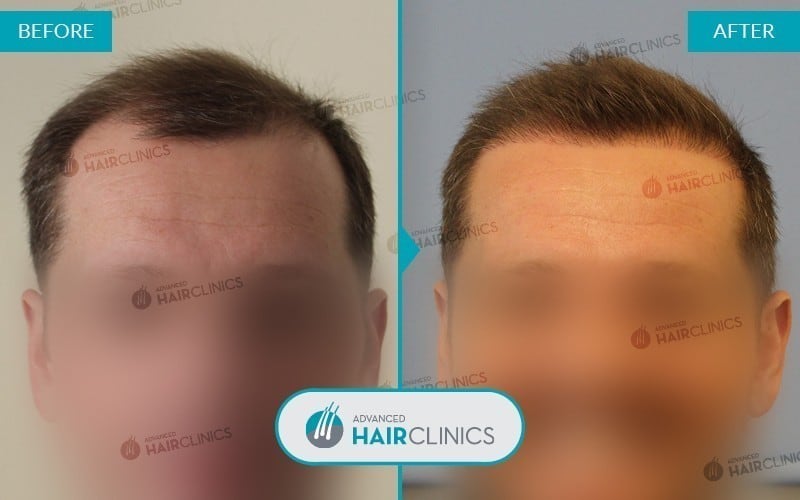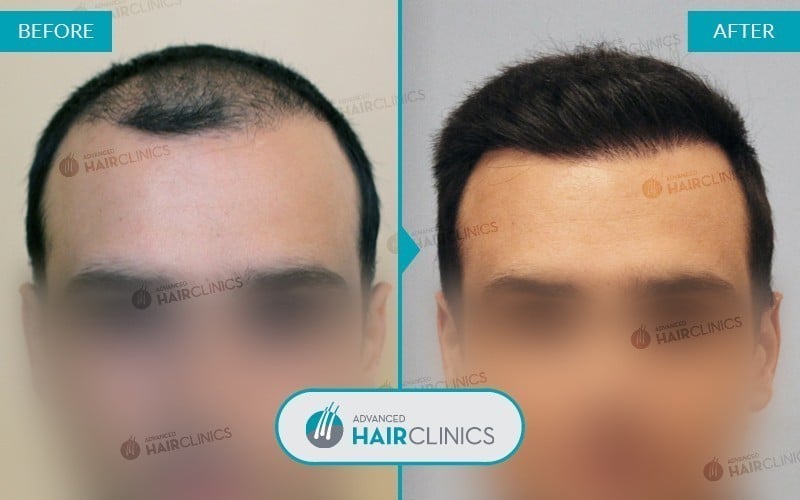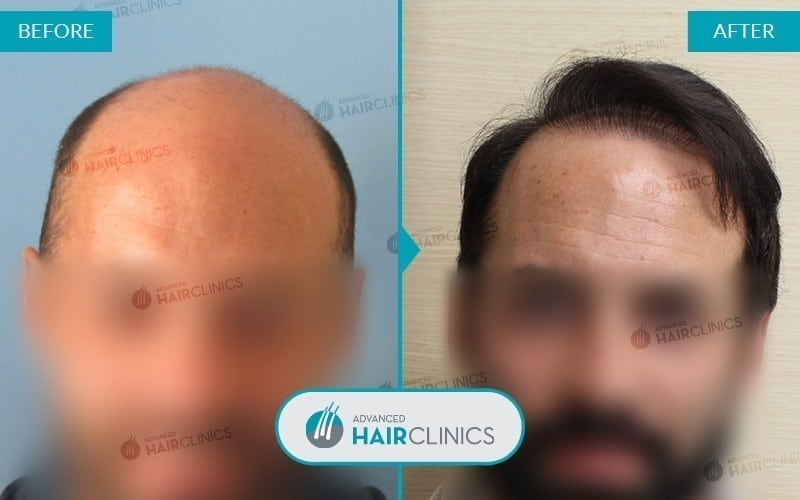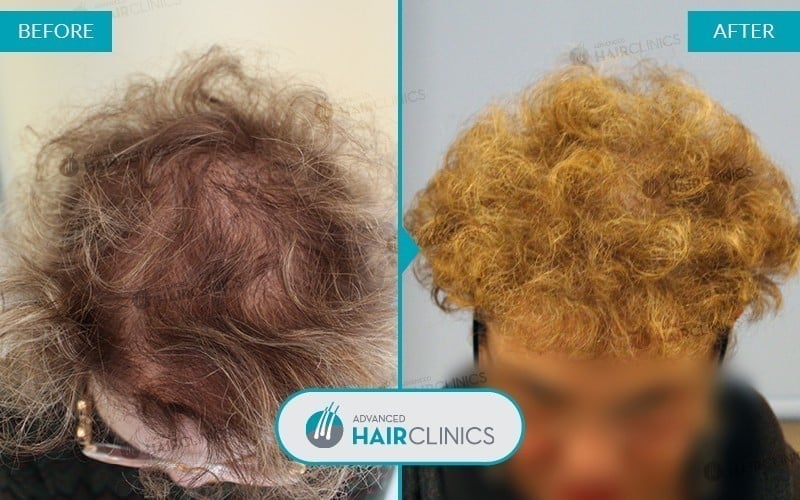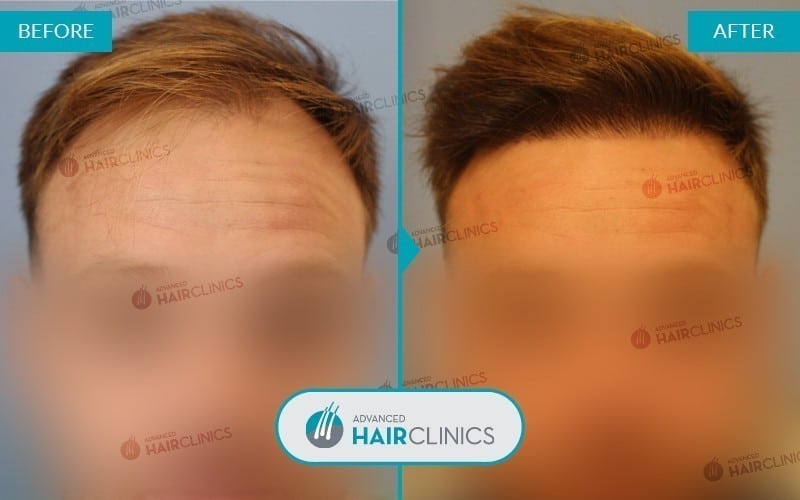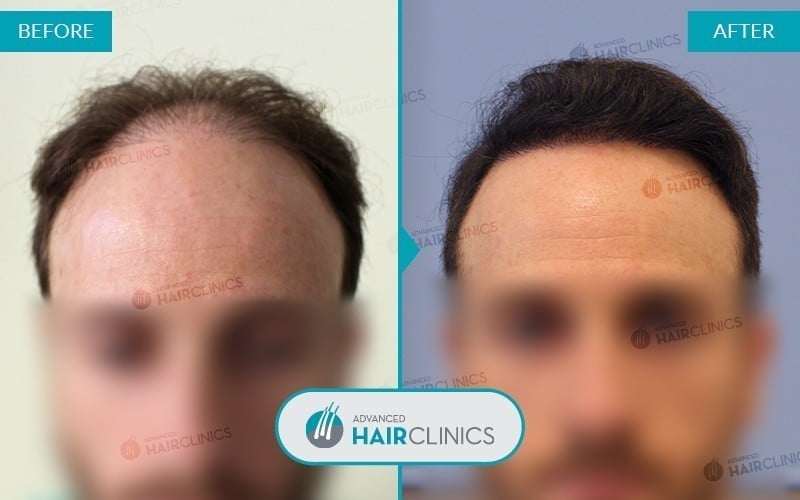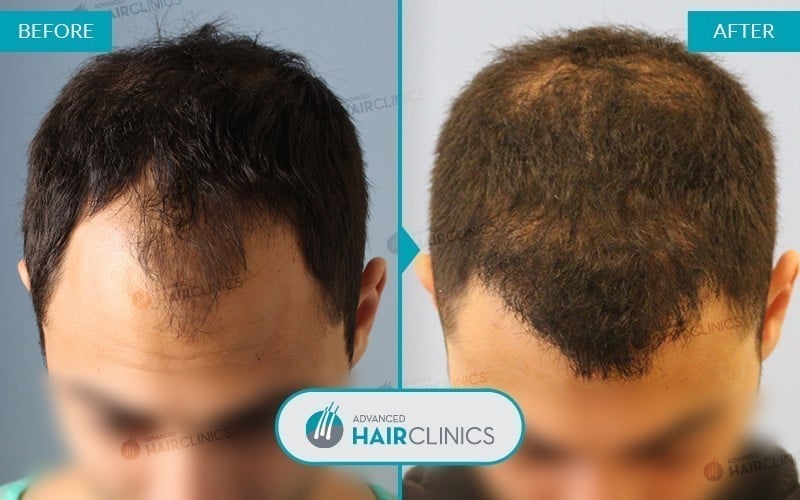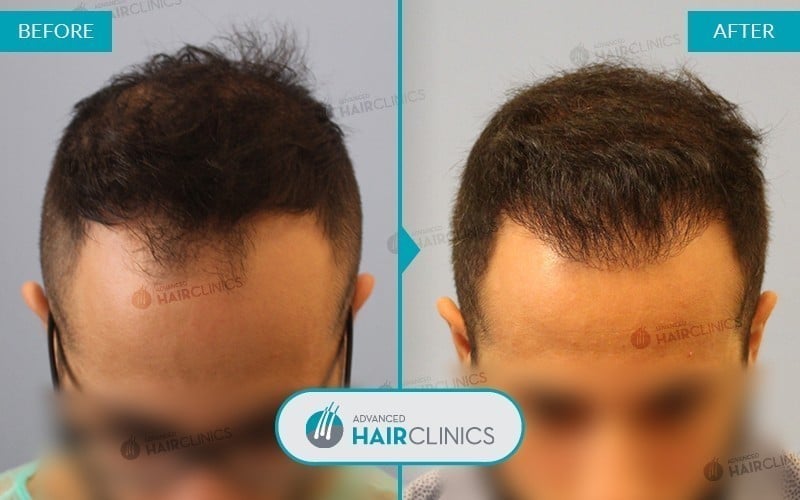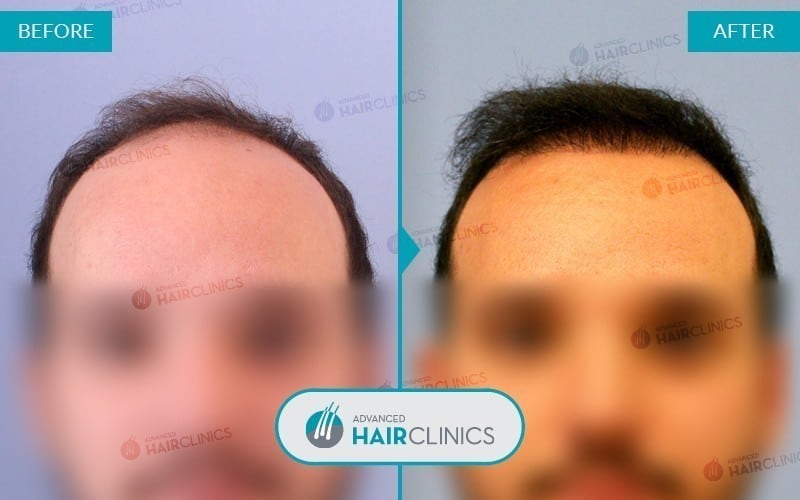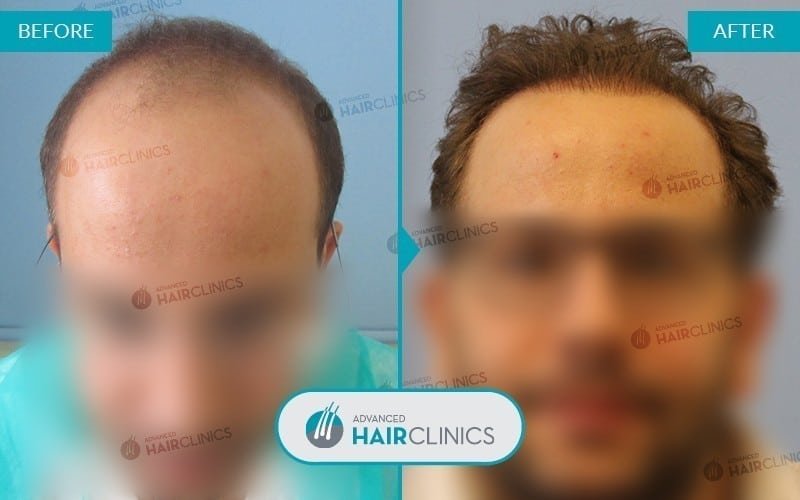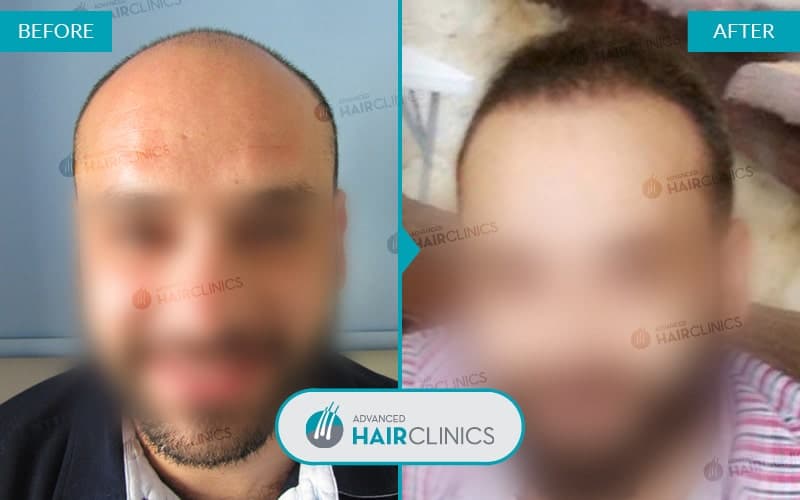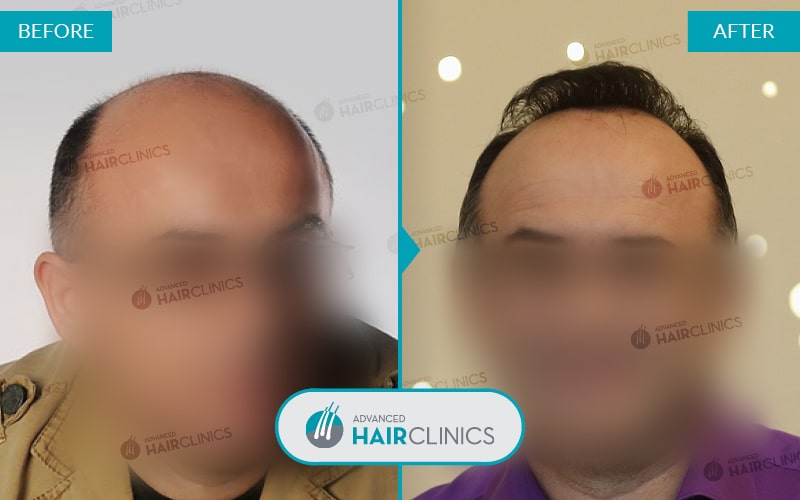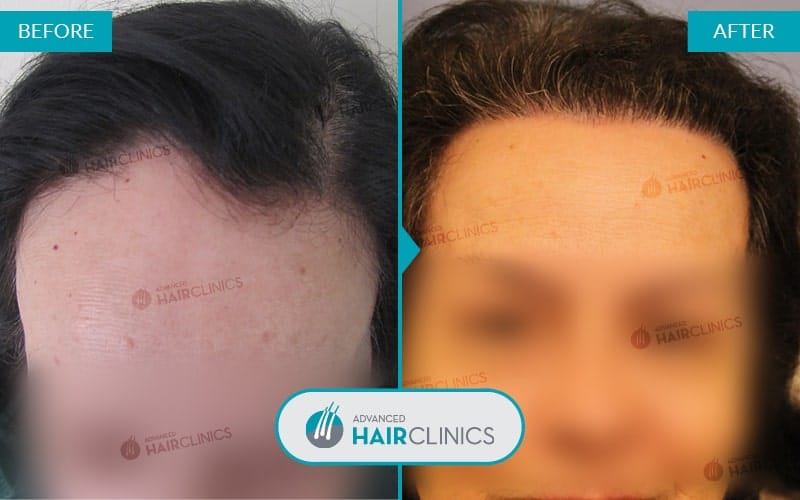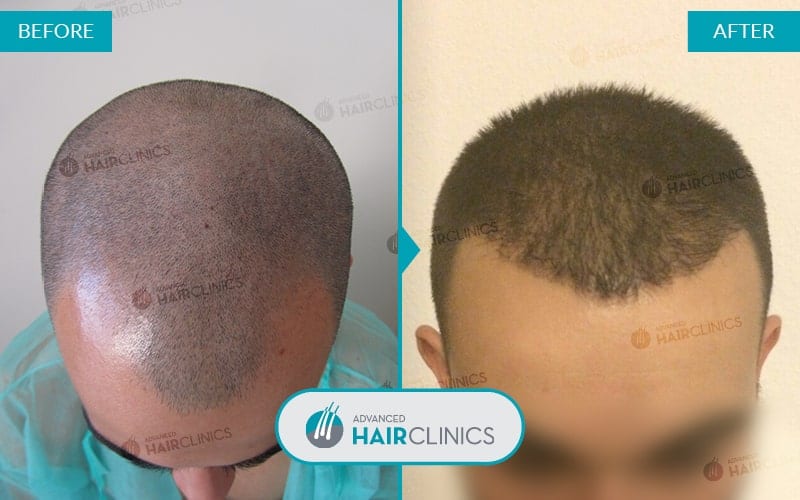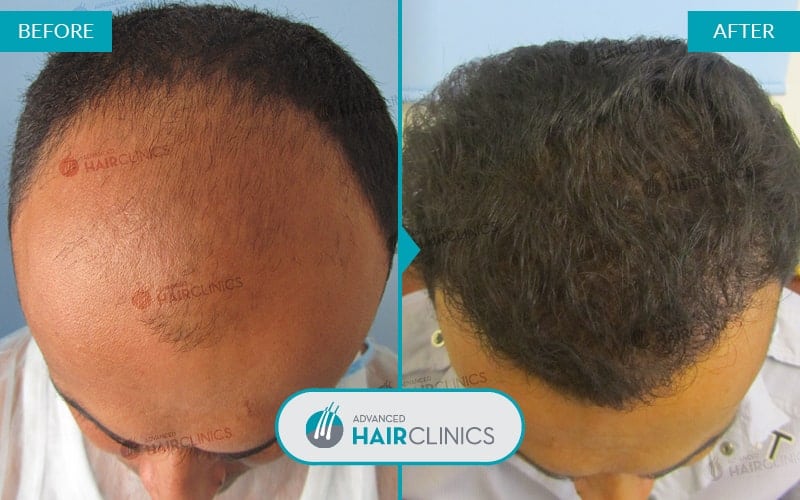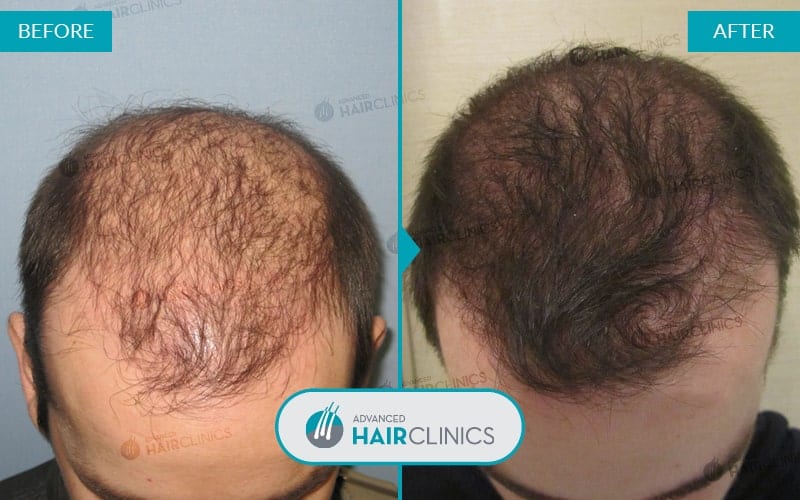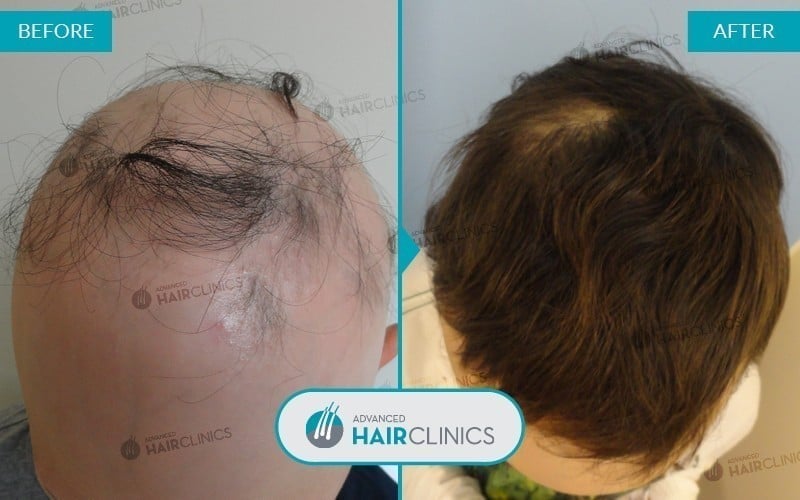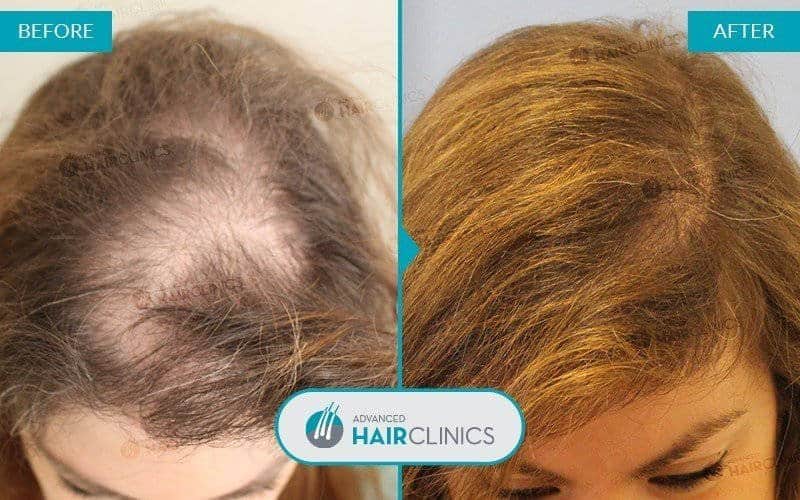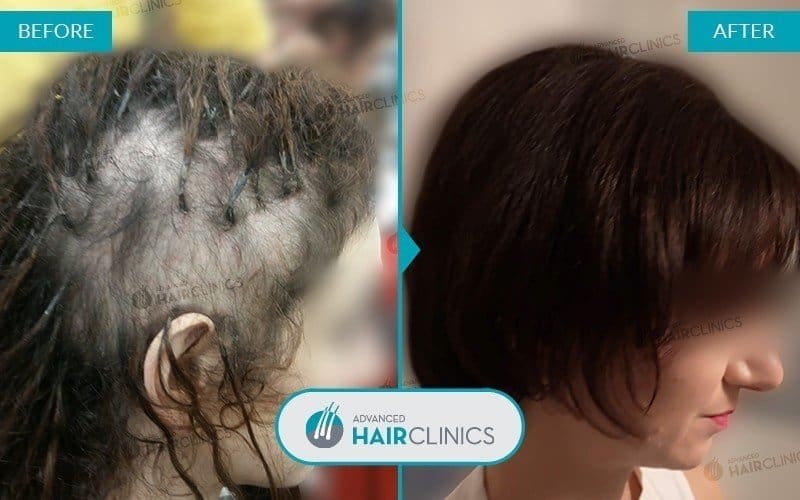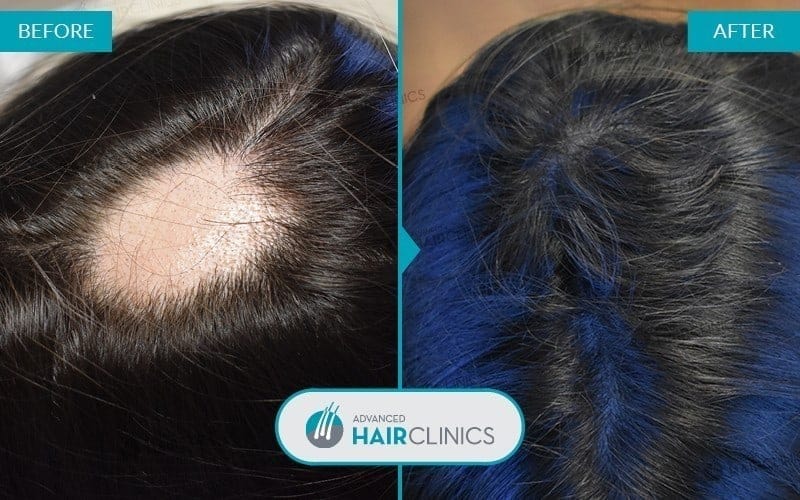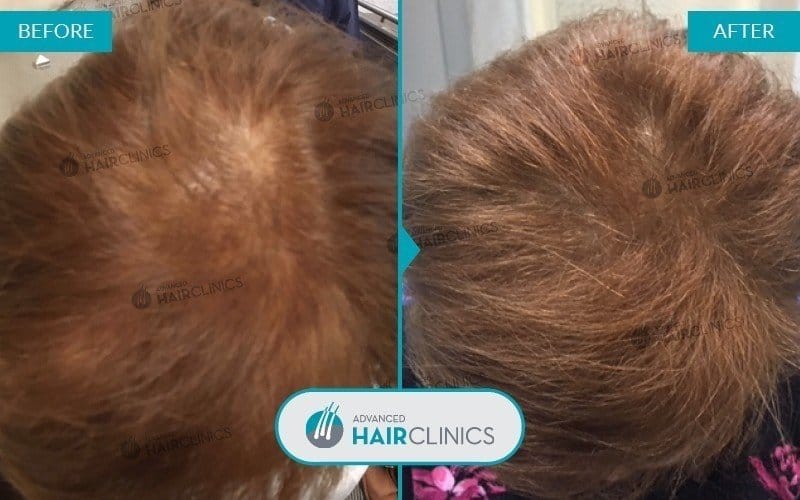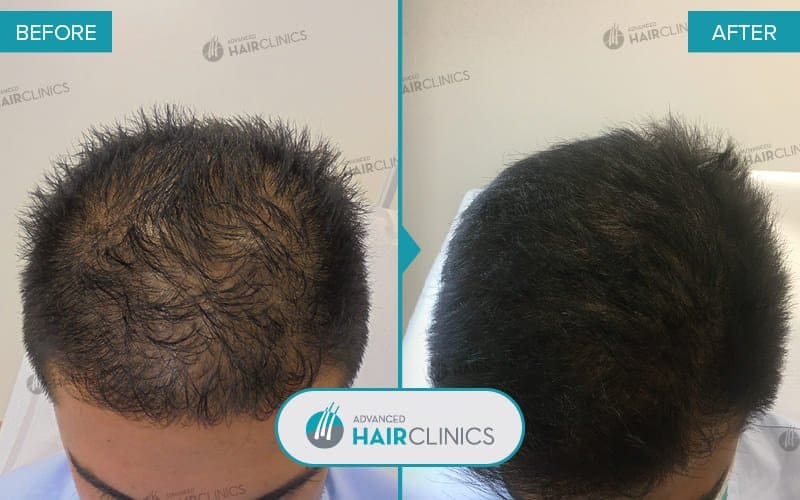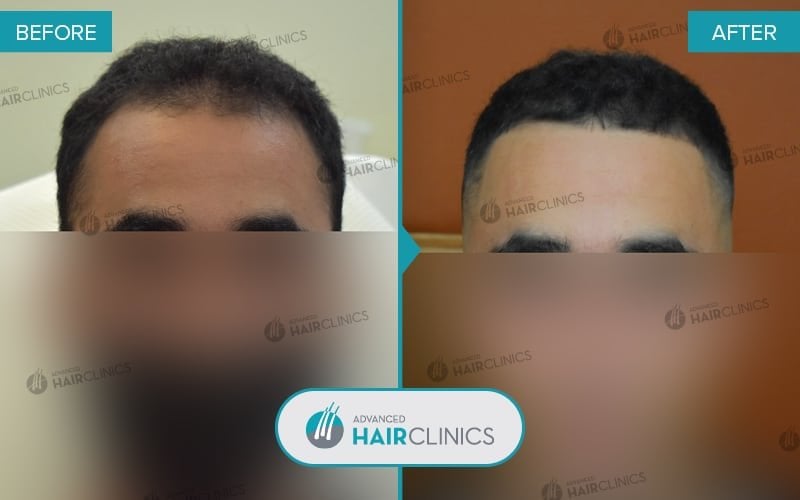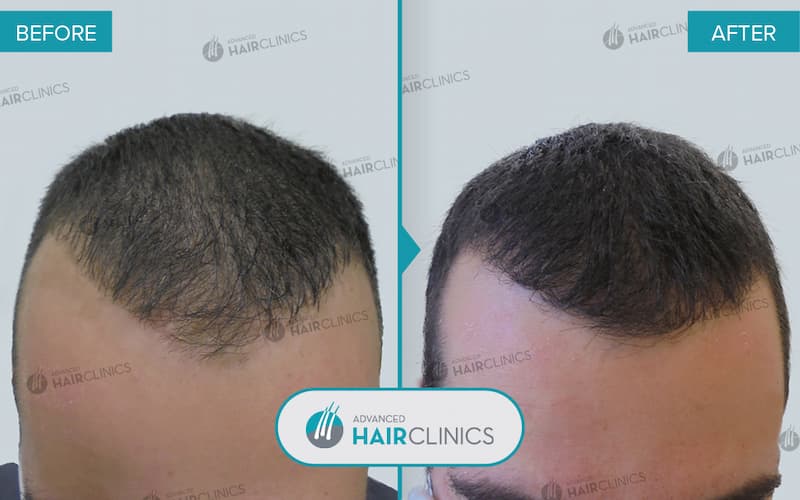Alopecia
Alopecia’s pattern consists of thinning or complete lack of hair in the frontal, temporal and parietal regions, with preservation of the occipital zone. At the microscopic level it has been found that the hair follicles of the stable hair zone do not carry androgen receptors, making them less vulnerable to the action of male hormones and subsequent hair loss.

ALOPECIA
Klinische Symptome
Alopecia, also known as baldness, is characterized by a lack of hair in places where there is normally hair. The clinical picture includes loss of hair, skin lesions and possibly scarring. Hair loss occurs gradually and usually, medical examination of an area affected by androgenetic alopecia highlights thinning of the hairs, which are largely in a telogen phase and with each new life cycle lose their growth potential and gradually degenerate.
In this case, a long process of thinning and degeneration called miniaturisation takes place, until the hairs reach the point of terminal degeneration and the disappearance of the hair follicle, where the remaining hairs appear as transparent, thin fluff (terminal hair, velus hair).
Alopecia is a scalp problem with significant psychological and social implications for patients, as lush hair has always been an important beauty feature in both sexes.

Diagnosing Alopecia
Pull Test
With this test, the doctor will gently pull the hair and then evaluate how many hairs are left in his/her hand. These hairs are then examined microscopically for the diagnosis of alopecia. This is the classical diagnostic method known as trichogram.

Biopsy
A scalp skin biopsy helps in the correct diagnosis, when there are issues with the differential diagnostic. It is particularly useful in cases with an unclear clinical picture, alopecia areata and cicatricial alopecia.
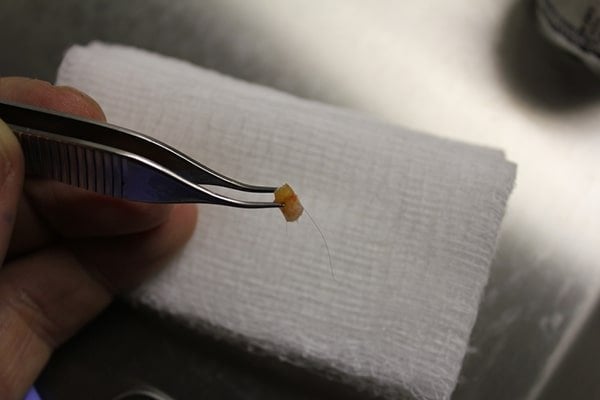
Phototrichogram
The most modern method of determining alopecia is the phototrichogram, with the use of a special digital microcamera. At Advanced Hair Clinics, we use the Follysis method for the evaluation of alopecia and the selection of the suitable treatment option. More specifically, using the special Follysis software, photos of the affected and the healthy areas are digitally analysed. The extent of the affected area, the number of follicles and the average number of hairs per follicle, as well as the hair shaft diameter are determined and compared with reference values from the healthy area of the scalp.
A decreased strand diameter is an early indication of development or progression of alopecia in the examined area. After diagnosing the type of alopecia, the clinic’s dermatologist and plastic surgeon jointly decide on the type of treatment. Advanced Hair Clinics is one of the most specialised alopecia treatment centres at a European level, and plastic surgeon Dr. Anastasios Vekris is one of the pioneers in the field of surgical restoration of alopecia.
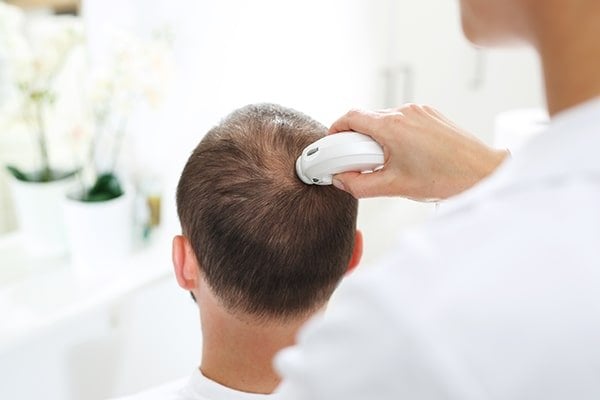
RESULTS
Hair loss treatments & Hair transplantation
The dermatologist and the plastic surgeon of the clinic, after having diagnosed the form of alopecia, jointly decide on the type of treatment that will be followed. Advanced Hair Clinics is, at European level, one of the most specialized centers for alopecia treatment and plastic surgeon Dr. Anastasios Vekris is one of the pioneers in the field of the surgical restoration of alopecia.





